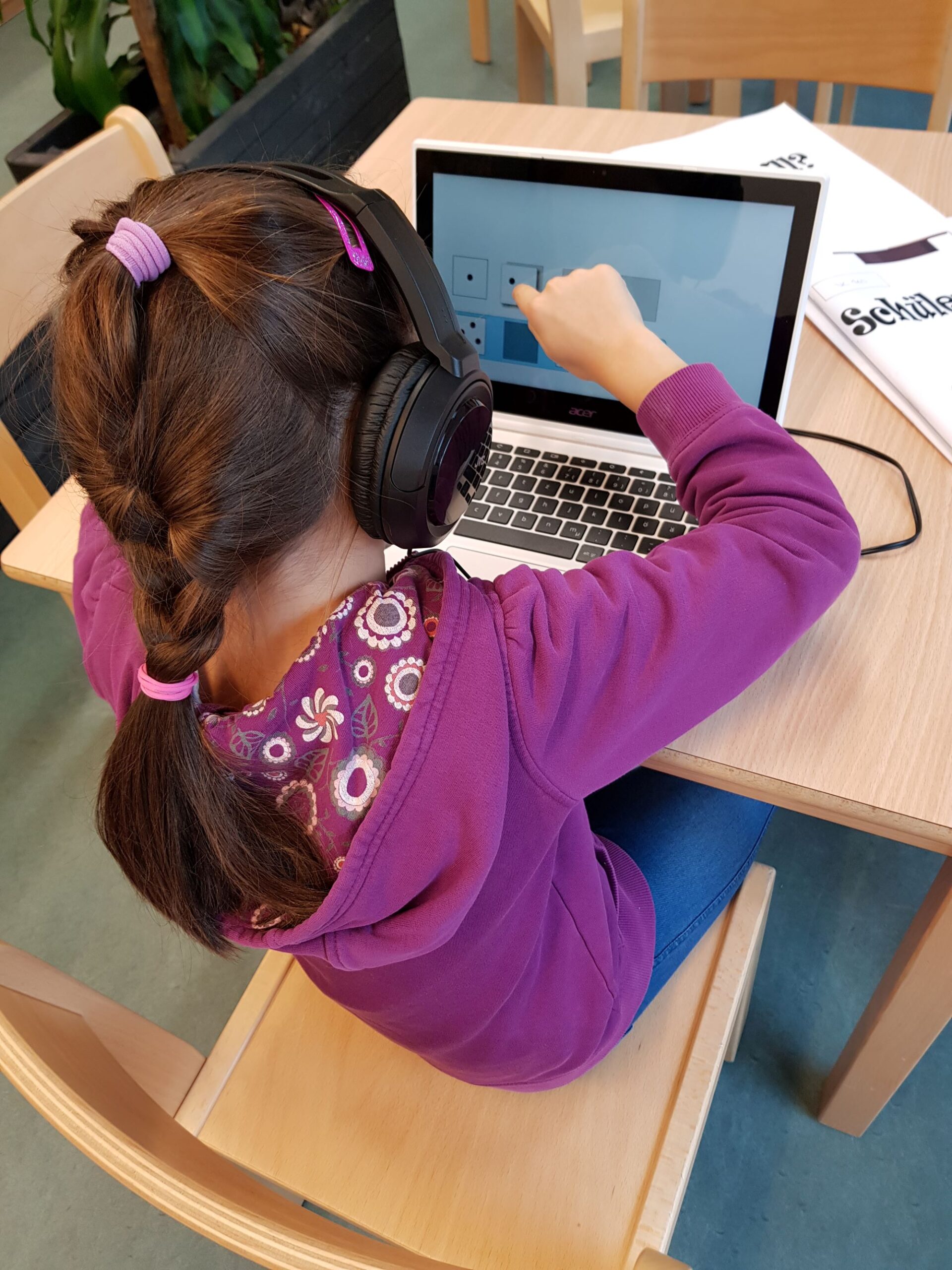Research at CNS group
We are researchers in experimental psychology studying cognition in children and adults.
Our group has worked extensively on understanding numerical and mathematical cognition in children and adults since 2007. In parallel to this focus on numeracy, we also more recently (in 2017) extended our interests to literacy, and especially word recognition.
Research projects
Some of our projects
Our projects involve behavioral and/or neuroimaging techniques.
They are realized by researchers with different backgrounds (e.g., Psychology, Cognitive Neuroscience) and at different career stages (e.g., PhD student, post-doctoral researcher).
We benefit from a variety of funding sources (e.g., university, the national research foundation FNR) and like to implement projects the context of international collaborations.
-
Start date
01/12/2021
-
Duration in months
36
-
Funding
FNR (CORE)
-
Project Team
Mila Marinova; Christine Schiltz
-
Partners
KULeuven
-
Abstract
Previous research with adults suggests that symbolic numbers (e.g., digits) and non-symbolic numbers (e.g., dot arrays) are processed in two distinct cognitive systems. The development of the dissociation between these two systems, however, has been sparsely examined, and neuro-cognitive studies providing objective measures of this dissociation are still lacking. In addition, developmental models of number processing assume that children rely on pre-verbal representations to learn small number concepts (up to 4), and make use of semantic inductive procedures to infer the meaning of larger numbers. How children make the transition between small and large non-symbolic and symbolic numbers is yet unclear. In the current project, we address this gap in the literature and we hypothesize that children make this transition—and develop an independent symbolic number system—by applying linguistic recursive rules to the learning of number concepts. To test this claim, our research project’s aims are threefold: 1) to further examine the relation between small and large symbolic and non-symbolic number concepts in children by means of neurocognitive measures; 2) using behavioural measures, to investigate the linguistic mechanisms enabling children to transition from relying on pre-verbal number representation to employing an independent symbolic number system; and 3) to set up a training study to investigate whether children’s acquisition of numbers could be improved for numbers outside their current knowledge.
-
Link
-
Start date
01/01/2022
-
Duration in months
36
-
Funding
FNR (INTER)
-
Project Team
Tânia Ramos; Carrie Georges; Christine Schiltz
-
Partners
Ghent University; Thomas More University; University of Loughborough
-
Abstract
Number representations are long known to be spatially coded. It is assumed that these spatial number representations are foundational for the development of mathematical skill. Yet, crucial evidence for this hypothesis is missing.
1/ It is not known whether it is long term memory or working memory that drives the spatial associations;
2/ There is no conclusive evidence yet that spatial number representations are a scaffold for more complex forms of mathematical ability;
3/ it is unclear how general spatial skills play a role in the construction of spatial number representations and their use in mathematical activities.
Moreover, it is possible that the relationship between spatial number representations, spatial skills and mathematical abilities dynamically change with development.
The present project proposes to answer these outstanding questions by a large-scale developmental project that measures
• spatial number representations,
• spatial skills and
• mathematical abilities and
• specifies their relationship over a time window that covers the whole period of formal education, from kindergarten to higher education. -
Link
https://eeglabcns.wixsite.com/schiltzlab/research
-
Start date
01/09/2022
-
Duration in months
36
-
Funding
FNR CORE
-
Project Team
Amaury Barillon; Christine Schiltz; Aliette Lochy
-
Partners
Université Catholique de Louvain
-
Abstract
Reading is a complex cognitive and cultural ability, which needs to be acquired via instruction. It involves orthographic, phonologic, and semantic representations of words. After learning to decode letters into sounds, the child must develop automatic and fast word recognition, i.e. words are recognized “at a glance”, and considered to be stored and retrieved from an orthographic lexicon. Little is known on what characterizes the emergence of such lexical representations at the neural level in typical and dyslexic children or adults, in natural settings or when they learn new words.
Here, using a highly sensitive paradigm that combines frequency-tagging and EEG recordings (Fast Periodic Visual Stimulation, FPVS), as well as behavioral tests, we aim at understanding how words are represented in the brain. We will focus on 10-years-old children, an age at which fluency in reading is reached with high variability, and adults, both typical and dyslexics. FPVS allows to assess automatic and implicit discrimination between categories of stimuli.
This powerful approach will be applied to answer several research questions without requiring any linguistic task, that may influence brain networks activated when seeing words: (1) What drives and characterize the emergence of lexical responses for known words, both in children and in adults, typical and dyslexics? (2) Do irregular and regular words entail similar brain responses? (3) Are some teaching methods more efficient than others for learning irregular words?
First, we expect automatic neural responses to words among pseudowords to emerge at 10 years-old and to be related to behavioral reading fluency and vocabulary both in children and in adults. Further, comparing dyslexics to age-matched and younger children will help characterize this neurodevelopmental disorder at the brain level as reflecting hypoactivation, maturational delay or compensatory mechanisms. Second, in opaque languages like French, some words are difficult to read because they contain irregularities in the letters-to-sounds mappings. Studying if irregular words entail specific neural responses, both in children and in adults, typical and dyslexics, will help understand the nature of representations underlying reading. Finally, by focusing on learning new words, we will examine the impact of pre-existing vocabulary knowledge (meaning and spoken form), as well as teaching method, on the novel neural representations created both in children and in adults. Our project will have a wide pedagogic and societal impact. Our results and their consequences for teaching will be disseminated not only to the scientific community but also to teachers and education actors. -
Link
